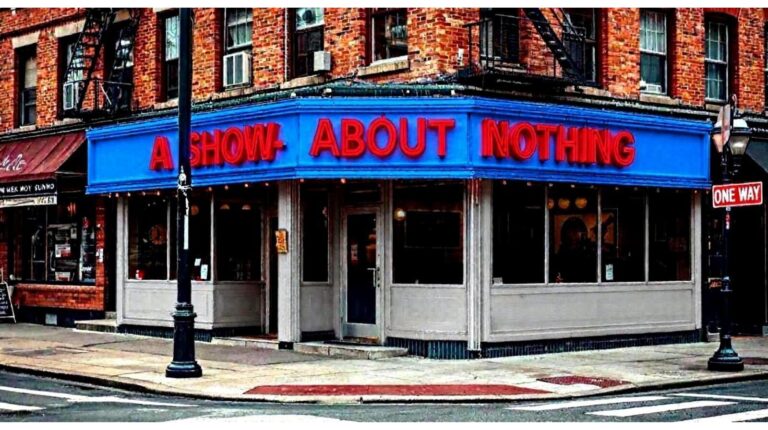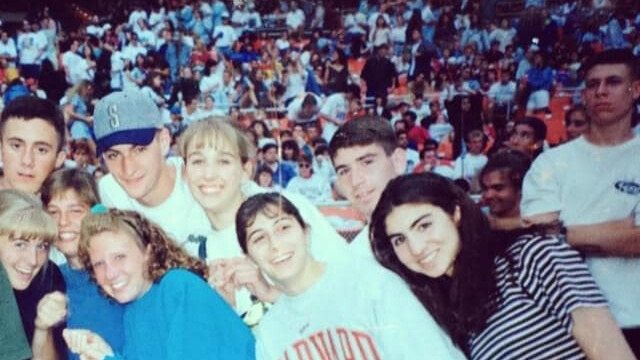In the mid-’90s, my friends and I spent as much time in the mall and chains like Urban Outfitters as we did digging through thrift store aisles. What started as an occasional stop at Goodwill turned into weekend treasure hunts for worn and distressed bell-bottoms, polyester shirts, and vintage jackets that looked like they’d lived a dozen stories before us. Back then, it wasn’t called “retro.” 1990s thrift shopping was just cheap, cool, and one-of-a-kind.
When Vintage Shopping Was Just Cheap Shopping
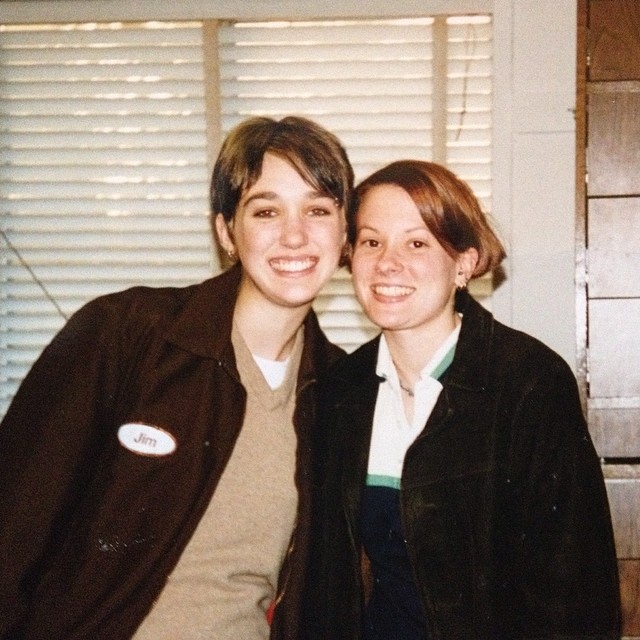
My thrifting story started closer to home … literally in my dad’s closet. Vintage tees and a pair of 1970s worn denim overalls became my first “finds,” long before I ever set foot in a Goodwill.
It was the early-to-mid ’90s, peak grunge era. I’d pair those vintage pieces with new flannels from Gap or Britches Great Outdoors or something more unique from Urban Outfitters in Georgetown, or our local Sunny’s Surplus.
By the time I started college in 1995, thrifting had become routine.
Typical thrift stores back then weren’t aesthetic. Think: bright fluorescent lighting, white tile floors, metal racks, and that familiar mix of mothballs and musty fabric. But the prices were unbeatable, with most pieces under 50 cents.
The jackets were the real prize!
The 1990s Thrift Shopping Finds That Defined the Look
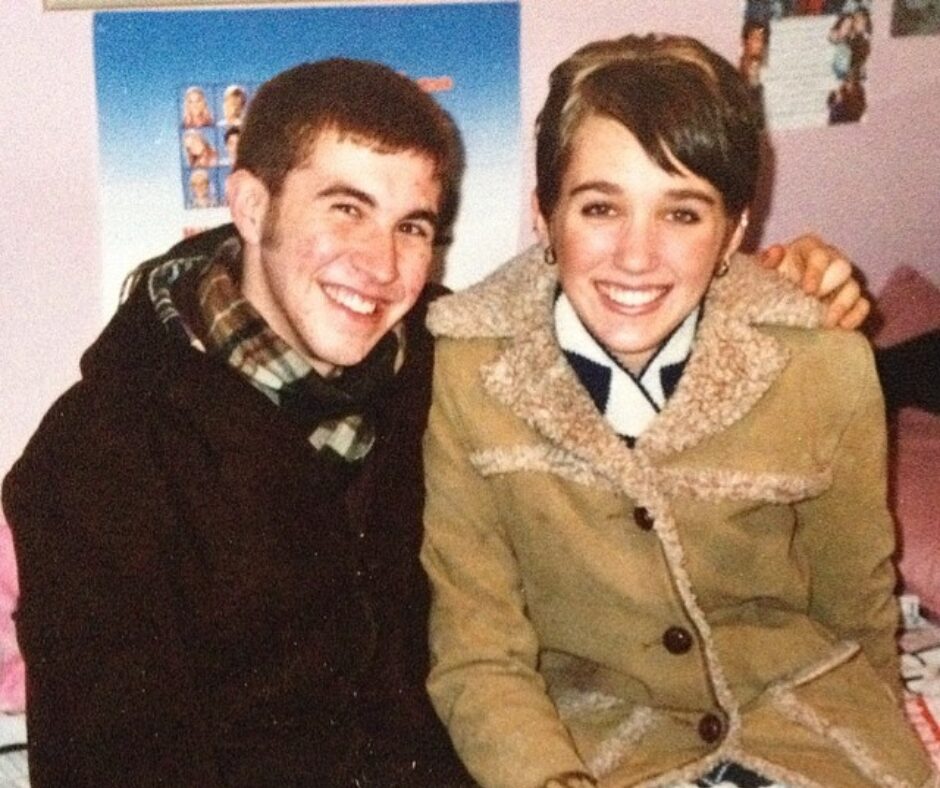
I always went for outerwear first: jackets and coats. Then came the jeans and polyester shirts that looked straight out of Dazed and Confused.
We didn’t just wear what we found; we made it ours. I’d let the hems out of jeans for extra length (and that frayed edge), or cut small slits at the ankle seams and sew in fabric triangles to give them a bell-bottom flare.
The best outfits mixed old and new.
A thrifted tee under a crisp Gap flannel, vintage cords with a new pair of Docs. It wasn’t about brands. It was about contrast.
A few snapshots from 1995-1996: back when thrift-store finds mixed seamlessly with mall staples, and the goal was less about trends and more about personality.

Denim overalls, a worn white tee, and a Kurt Cobain coffee table book — peak 1995 energy. 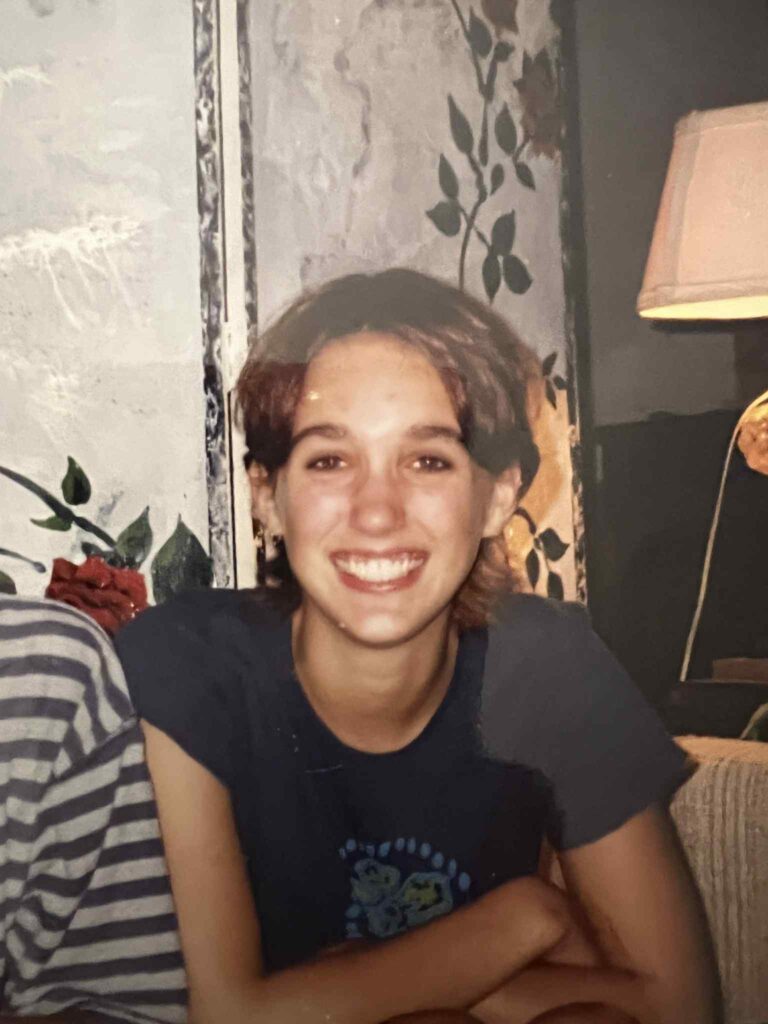
Grunge softened by smiles and vintage tees. Probably listening to The Cranberries. 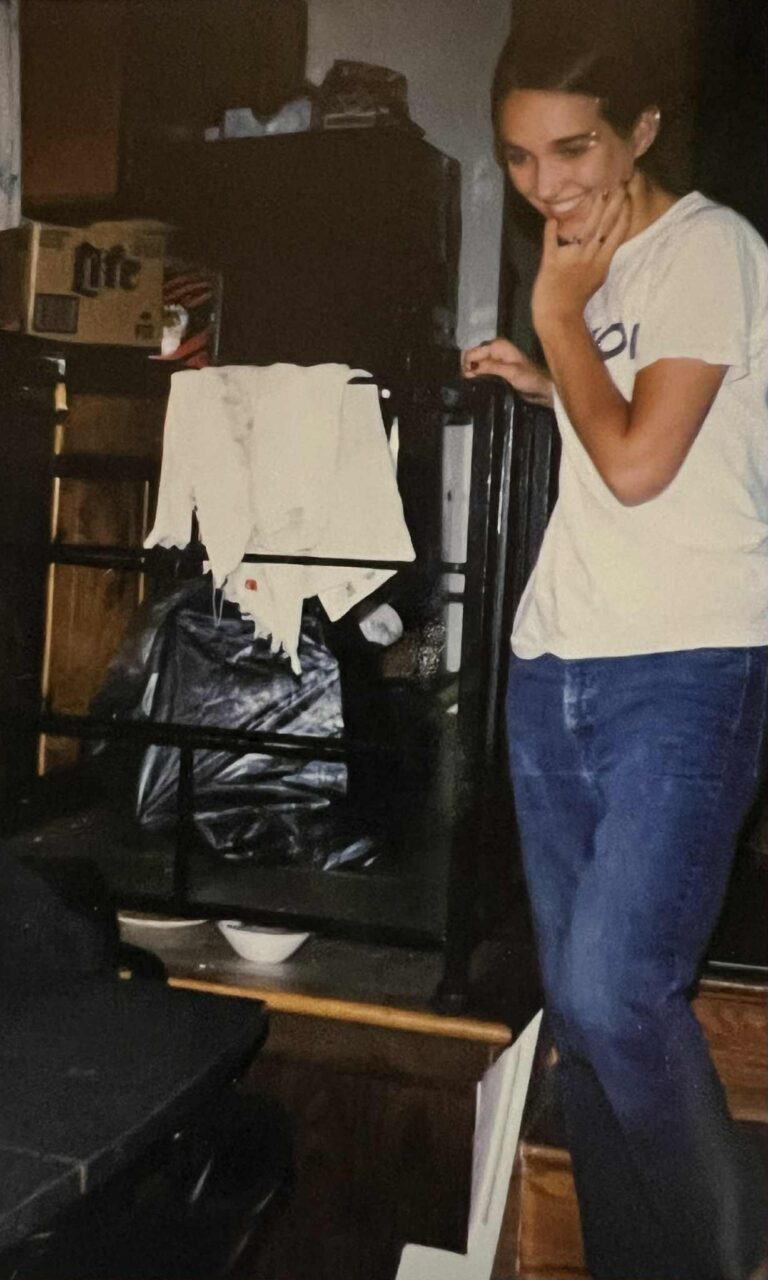
Basic thrift-store staples: vintage DC101 tee and faded jeans. 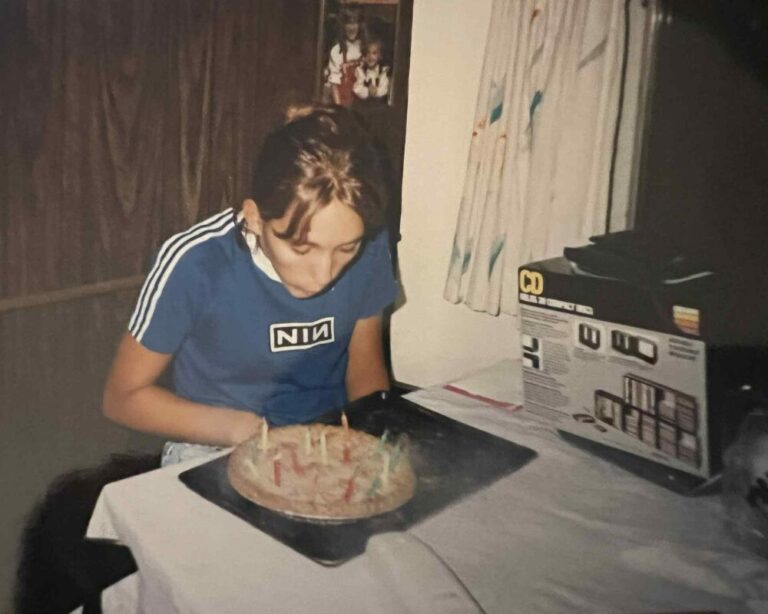
My 17th birthday: Nine Inch Nails t-shirt from Urban Outfitters, homemade pie, and a CD carousel for my growing collection. 
Summer nights, oversized concert tees, and no shortage of deep conversations.
The Grunge Generation Meets Thrift Culture
Pop culture shaped everything we listened to and what we wore. Reality Bites and My So-Called Life were basically fashion guides: red hair dye, bobs and pixie cuts, cropped cardigans, and corduroy overalls.
MTV and The Real World gave us the confidence to mix masculine and feminine styles, to treat comfort as rebellion.
We weren’t trying to look like the ’70s. We just happened to find ourselves dressing like it.
Did you know? By the early 1990s, newspaper reports in the U.S. were noting a sharp rise in thrift-store shopping and second-hand clothes among teens. (Source: Los Angeles Times, March 3, 1994)
Why Thrifting Still Resonates
For me, it was never about saving money. It was about finding individuality. You couldn’t buy that at the mall.
Now, my adult daughter and other Gen Z kids approach thrifting differently. She sees it as circular fashion: reselling, repurposing, keeping clothes in rotation rather than out of landfills. And I love that.
What started as a counterculture movement has become sustainability with style.
1990s thrift shopping was about individuality; today, it’s about responsibility. And maybe that’s exactly how it should evolve.



